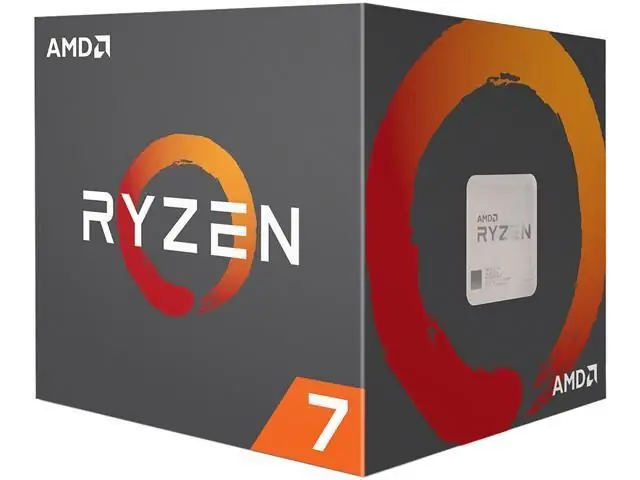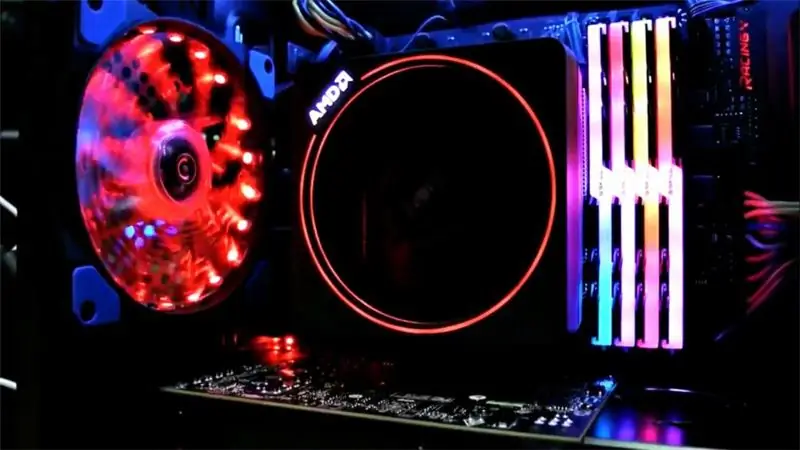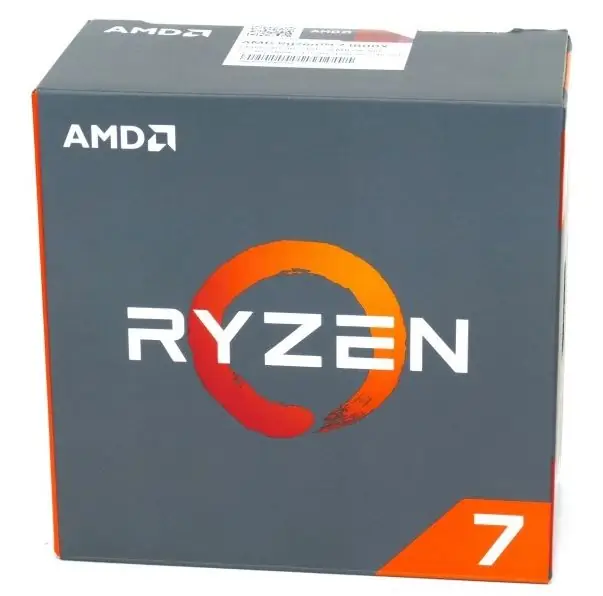If you are already tired of taking pictures in automatic mode, and you want to control the process yourself, then it's time to study the settings of your camera and learn how to use them. First of all, you need to get acquainted with such concepts as shutter speed, aperture, exposure, iso, bb, focal length. And most importantly, to understand how and for what to use all this. In this article, you will learn the very basics.
Instructions
Step 1
You need to start with the ISO setting. This is light sensitivity. The most common ISO range is 100 to 800. When should you use a value? In sunny weather, when the subject is well lit, it is better to set the lowest ISO: 100. Then, thanks to the sun, the subject will be perfectly illuminated and worked out, and due to the low light sensitivity, the photo will be ringing and clear. If the sun is not very bright, you can raise the ISO to 200. The picture will also be very good. But in bright light, this value can lead to overexposed areas and loss of quality. In gloomy weather or at dusk, ISO 400 should be set. In the evening - 800 or higher. Note that digital noise appears at high ISO values. It makes the picture less attractive, and sometimes spoils the frame a lot.

Step 2
Next, you need to configure the bb, i.e. white balance. Don't be alarmed. This setting can be easily found even in the simplest digital soap dish. You've probably seen the settings like "cloudy", "sunny", "incandescent", "fluorescent lamps", etc. You should choose one of these settings. Basically, it helps to correctly display the colors in the image.

Step 3
Now you need to determine the method of metering the exposure. Matrix metering is the best choice. Then all the colors in the frame will be more accurately worked out. If you want to embody some kind of creative idea, then you can try spot metering. This feature is only available on DSLR cameras. Moreover, you can correct the exposure. If the light is too dark, you can adjust the exposure to "+", and the photo will become brighter. And if it's too bright, you can, on the contrary, make the image darker.

Step 4
There are very few settings left before you take your shot. We must now determine the shutter speed. A fast shutter speed will allow you to take pictures more clearly, without "wiggle". The faster the subject moves, the faster the shutter speed should be. However, in the evening, you need to use long exposures for better detail. But at the same time, you need to take care that the camera does not move (use a tripod) and the subject itself must also remain stationary. Otherwise, the frame may be corrupted. On the other hand, long exposure photography of moving cars in the evening seems to be very interesting, and the photographs turn out to be peculiar. In general, experiment.

Step 5
Now let's move on to the diaphragm. The more you open it, the brighter your photo becomes. Therefore, the capabilities of the lens are very important here. In addition to light transmission, the diaphragm is responsible for another important point: depth of field. When the aperture is open, only the subject on which the camera has focused remains clear. The background and foreground objects will be blurred. This technique works best for portraits. For a landscape, you need to close the aperture as much as possible and set a slow shutter speed (again, a tripod will come in handy) so that the whole picture is clear and well-developed.

Step 6
And the last thing we need to adjust is the focal length. This is the physical characteristic of the lens. Depending on this value, we can place a picture with a larger or smaller viewing angle in the frame. This also affects zooming if you have a variable focal length lens. You can adjust the focal length by rotating the ring on the lens. If you have a compact camera, then use the zoom "+" and "-" buttons. This will help you find the focal length that's right for the shot. You are now ready to shoot your first manual frame.






